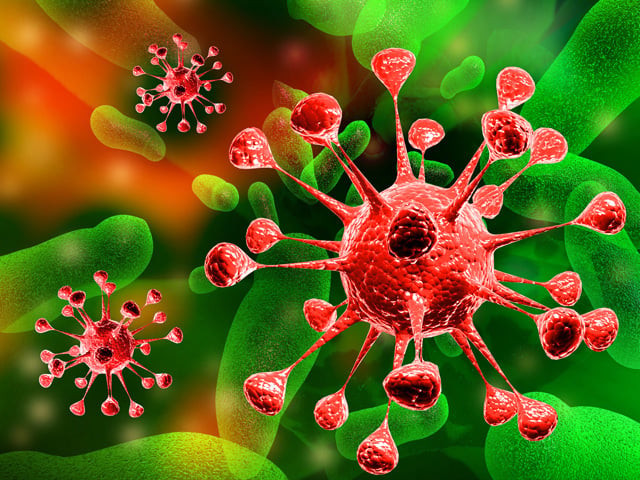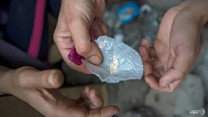Naegleria fowleri risk: Water board sticks to 100% chlorination stance
At COD filtration plant, Misbahuddin Farid explains do’s and don’ts of adding chlorine to water.

Naegleria fowleri risk: Water board sticks to 100% chlorination stance
The news of 10 people dying of a deadly brain-eating amoeba, Naegleria fowleri, have been doing the rounds recently. The organism is typically found in warm freshwater bodies, such as ponds, lakes, and rivers. Chlorination of water supplied through pipelines is considered the only option to prevent infections.
“The Karachi Water and Sewerage Board will not take the blame for the presence of Naegleria fowleri in its system because the amoeba cannot be detected and no one can say for sure how the deadly microorganism came to the city,” Misbahuddin Farid, the utility’s managing director, said on Wednesday.
“We are chlorinating 100 per cent of the water that passes through our filter plants,” he said while briefing the media at COD Filtration Plant. “I wonder why Naegleria [fowleri] has not been found in other parts of the country where water is not chlorinated.”
The KWSB supplies 550 million gallons of water per day to Karachi after filtering it and adding chlorine. At the COD plant, 160 million gallons of water is filtered every day. Chlorine gas is pumped from cylinders into the large pools where water coming from Keenjhar Lake is collected. Around 680kg chlorine is added every hour to the system.
“I don’t know who is sending out the reports, which say chlorine has not been found in water samples collected from different parts of the city,” said the water utility’s head referring to the findings of the Karachi Metropolitan Corporation.
“Our own staff takes samples from every area round the clock to ensure that sufficient quantity [of chlorine] is maintained,” Farid said, stressing that between 0.5 and 1.5 parts per million (ppm) chlorine concentration was being maintained at water taps.
When Naegleria fowleri patients first starting coming in, it was thought that they had contracted the infection from swimming pools. But investigations revealed it was not the case. As a matter of fact, doctors have not found any similarities between the victims.
But the KWSB managing director had another valid concern. “We don’t clean our underground water tanks. At times, there could be a foot of sludge in the tanks of apartment buildings. The dirt consumes all the chlorine and it won’t matter how much we add,” he said, blaming the people for the problem.
Experts have been insisting from day one that the water board should increase the quantity of chlorine in its system. But the utility claims it already chlorinates the water sufficiently at 2ppm.
Reports that people may have been infected by Naegleria fowleri due to habit of deep nasal cleansing for ablution before prayers has also raised questions about the use of subsoil water at mosques, which depend on underground aquifers to meet their needs.
Published in The Express Tribune, October 18th, 2012.










1729471601-0/image-(8)1729471601-0-208x130.webp)







COMMENTS
Comments are moderated and generally will be posted if they are on-topic and not abusive.
For more information, please see our Comments FAQ